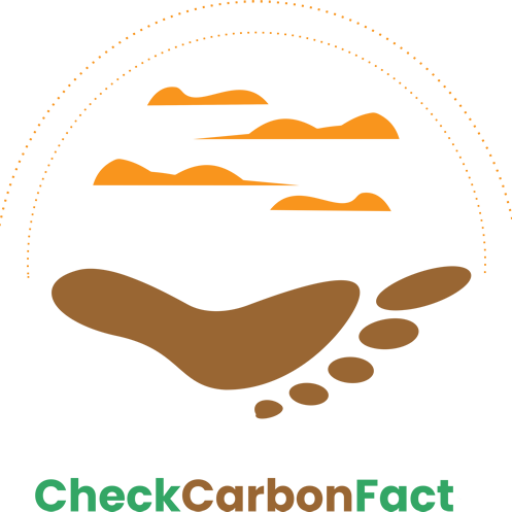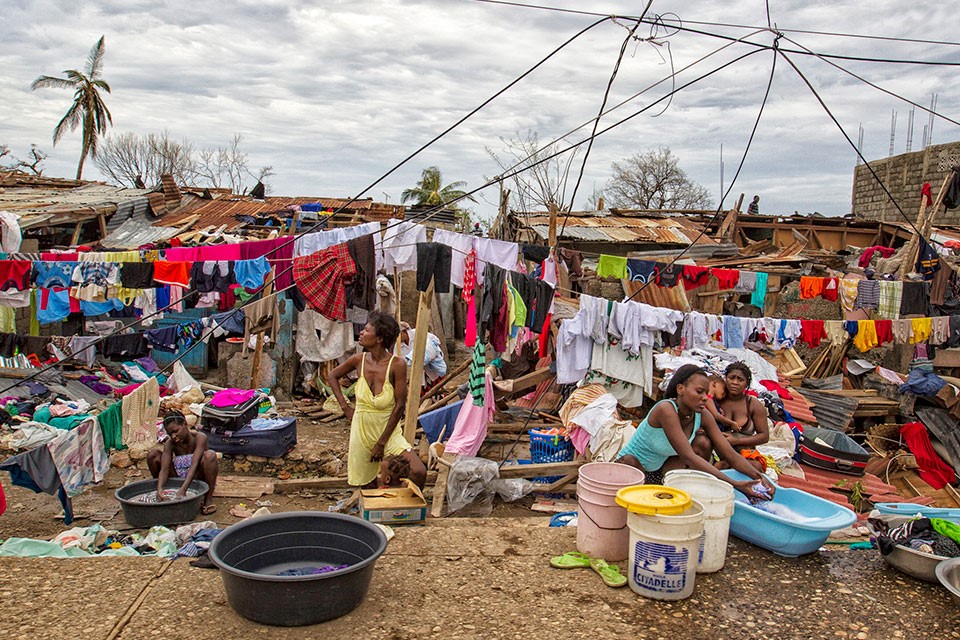As the world grapples with the monumental challenge of climate change, it’s increasingly clear that this crisis isn’t just about the environment – it’s intricately linked to global patterns of societal inequality. Among the most vulnerable groups bearing the brunt of climate change impacts are women and girls.
Yet, discussions around women’s rights and gender equality have often been sidelined in the climate agenda.
However, it’s crucial to recognise that gender equality and the climate justice movement are deeply interconnected. This is critical as climate change exacerbates existing gender inequalities and creates new vulnerabilities, making it imperative to address these issues hand in hand.
The Sad Reality
The impacts of climate change are not gender-neutral. Vulnerability and resilience in the face of environmental challenges are shaped by one’s gender, socioeconomic status, and geographical location. Women and girls, particularly those in crisis-affected areas, rural communities, and Indigenous groups, bear the brunt of these impacts. Yet, gender inequality and unequal access to resources further limit their ability to cope with environmental crises and fully enjoy their environmental rights.
The Disproportionate Impact of Climate Change
Women and girls are disproportionately affected by climate change. Across the world, women often bear a disproportionate burden in securing food, water, and fuel, yet have less access to these essential resources. Agriculture, a critical sector for women’s employment in many regions, becomes increasingly precarious during periods of environmental stress, compelling women and girls to shoulder added responsibilities and often forcing girls out of school to assist their families.
Moreover, climate change acts as a “threat multiplier,” exacerbating social, political, and economic tensions, particularly in fragile and conflict-affected settings. Women and girls face heightened vulnerabilities to gender-based violence, including conflict-related sexual violence, human trafficking, and child marriage. Disasters disproportionately impact women, who are less likely to survive and more likely to face injuries due to longstanding gender inequalities in access to resources, decision-making, and mobility. The aftermath of disasters further marginalises women and girls, hindering their recovery and perpetuating cycles of vulnerability.
A 2021 report from the United Nations Development Programme (UNDP) reiterated the stark reality: the “triple planetary crisis” of climate change, pollution, and biodiversity loss disproportionately threatens women’s rights and livelihoods, particularly those in crisis-prone areas, rural regions, Indigenous communities, and minority groups.
Recognising this correlation, the UN Commission on the Status of Women has made achieving gender equality and empowering women and girls within the context of climate change a top priority.
How are Women Impacted by Climate Change?
Examining the ways in which climate change affects women’s rights and living conditions reveals the urgent need for action. Let’s consider how climate change impacts women:
- Limited Access to Resources:
Women, especially those in rural areas and marginalised communities, face unequal access to resources such as land, education, finance, water, and energy. Patriarchal norms and structures often restrict women’s control over these resources, leaving them dependent on men and vulnerable to climate-induced conflicts. Climate change intensifies these inequalities, as women bear the disproportionate burden of securing food, water, and energy for their families amidst environmental challenges.
- Exacerbation of Gender-Based Violence:
Climate change exacerbates gender-based violence, with women facing increased risks amid climate disasters and resource scarcity. Displacement, loss of livelihoods, and breakdowns in community support systems heighten women’s vulnerability to domestic violence, sexual assault, and exploitation. Without adequate social safety nets, women are left exposed to heightened risks of violence in the aftermath of climate-related disasters.
- Physical Vulnerability in Disasters:
Women are disproportionately affected by climate-related disasters, with higher mortality rates compared to men. Societal norms, combined with limited access to resources and decision-making power, leave women less equipped to cope with extreme weather events. Gender biases in rescue efforts and medical support further compound women’s vulnerability during disasters, highlighting the urgent need for gender-sensitive disaster response strategies.
- Emotional Distress and Mental Health Impacts:
Climate change also takes a toll on women’s mental health, leading to increased levels of anxiety, depression, and trauma. The persistent stressors associated with environmental degradation and climate-related disasters contribute to a phenomenon known as “eco-anxiety,” disproportionately affecting women. Women’s caregiving roles and societal expectations further exacerbate their emotional vulnerabilities in the face of climate change.
- Invisibility of Women’s Roles in Climate Response:
Despite being among the most affected and marginalised groups, women’s contributions to climate mitigation and adaptation efforts are often overlooked or undervalued. Women’s representation in leadership positions within the climate justice movement remains limited, hindering the effectiveness of climate policies and projects. Recognising and addressing these gaps is essential for building inclusive and effective climate responses.

How can we Mitigate the Crises?
To tackle these challenges and pave the way for gender-inclusive climate action, the climate justice movement must take proactive steps:
- Comprehensive Understanding of Women’s Vulnerabilities: Recognize and address the unique vulnerabilities faced by women, particularly those in marginalised communities. Invest in gender-specific programs that support women’s physical and mental well-being, resilience, and resistance against gender-based violence.
- Gender-Inclusive Decision-Making: Ensure gender parity in decision-making processes within the climate justice movement and beyond. Incorporate women’s perspectives and priorities into climate policies and initiatives to ensure their effectiveness and relevance.
- Encourage Female Participation and Leadership: Promote women’s active participation and leadership in climate actions at all levels. Increase representation of women in climate negotiations, policymaking bodies, and leadership positions within environmental organisations. Recognise and amplify the contributions of women, especially those on the frontlines of climate activism and adaptation efforts.
Forging an Inclusive Path Towards Climate Justice
Recognising the interconnectedness of environmental and gender issues, the climate justice movement can play a pivotal role in closing global gender inequalities. By amplifying the voices of women and gender minorities in decision-making processes, promoting women’s empowerment and economic opportunities, addressing intersecting forms of discrimination, and ensuring access to reproductive health services and safety, the movement can foster more inclusive and resilient communities. By supporting and amplifying the voices of women, the climate justice movement can create more equitable and sustainable solutions that benefit all.
About CheckCarbonFact
CheckCarbonFact is a social accountability platform for promoting sustainability and responsible climate action by citizens, businesses and government. Read more about us here: https://checkcarbonfact.com/about/
Carbon Fact for the Day

Found it interesting and would like more in the mail?




